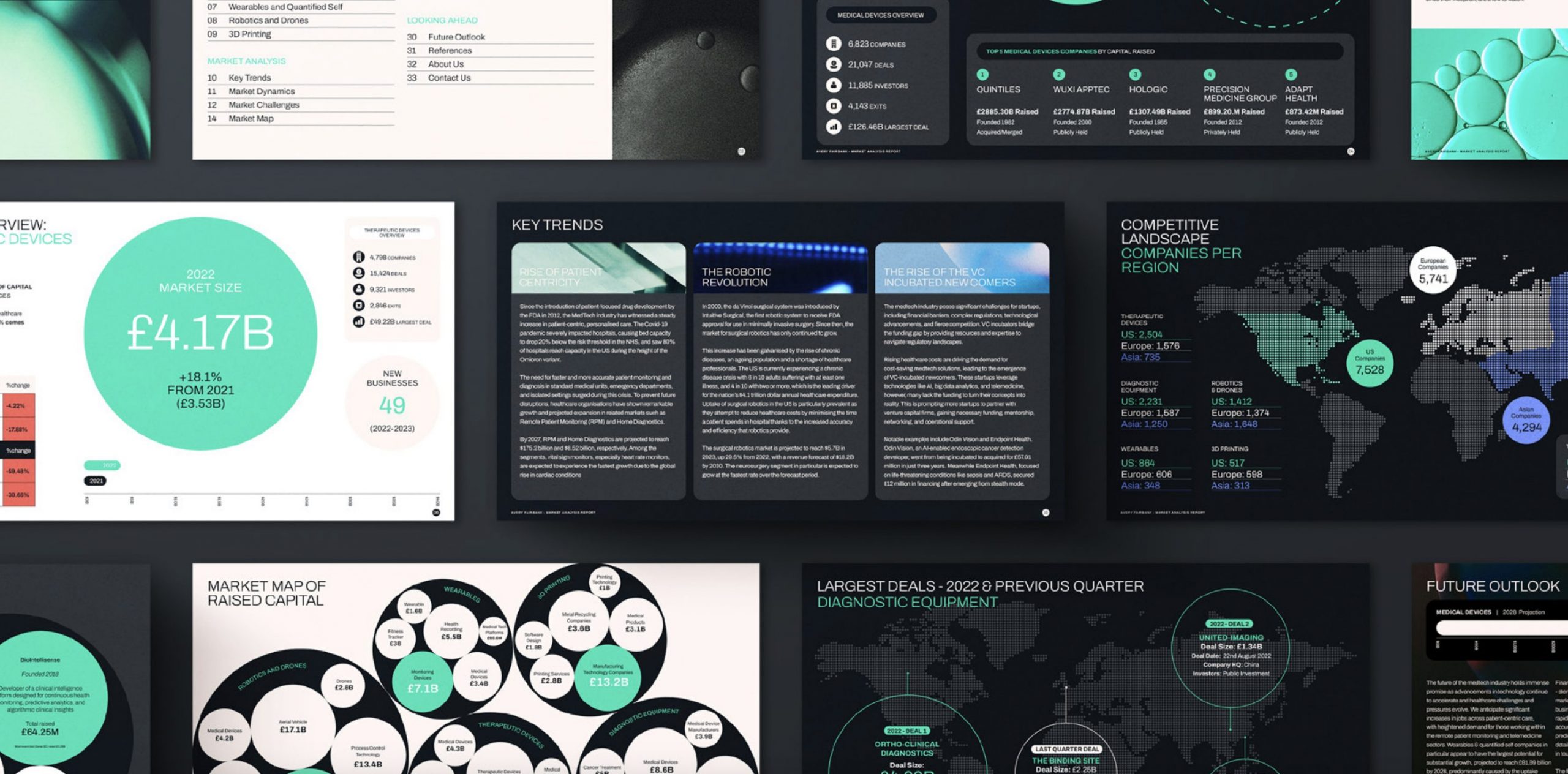October 17, 2023
In essence, a data centre serves as a tangible location where companies store vital applications and data. Designed around a mesh of computation and storage capabilities, its foundation encompasses routers, switches, firewalls, storage systems, servers, and application-handling controllers.
What Characterises a Contemporary Data Centre?
Today’s data centres have transformed from their conventional forms. The infrastructure has evolved from on-site physical servers to virtual platforms that nurture applications across pools of physical assets into a diverse cloud environment. Presently, data is distributed amongst multiple centres, edge locations, and both public and private clouds. It’s essential for these centres to facilitate communication across these various sites. Notably, even the public cloud is essentially a set of data centres. Whenever applications utilise the cloud, they are essentially employing resources from the cloud provider.
Why Are They Crucial for Businesses?
In the corporate IT realm, data centres play a pivotal role, facilitating:
- Email and shared files
- Efficiency tools
- Customer management tools (CRM)
- Enterprise planning & databases (ERP)
- Advanced analytics, AI, and machine learning
- Virtual interfaces, communication, and teamwork platforms
These centres comprise routers, switches, firewalls, storage mechanisms, servers, and controllers for application delivery. As these elements manage and store pivotal business data, ensuring their security is paramount. Collectively, they cater to:
Networking infrastructure: Linking servers, centre utilities, storage, and external connectivity.
Storage infrastructure: Holding the valuable asset that is data.
Computing assets: Powering applications with processing, memory, and connectivity.
Functionality of Data Centres
To safeguard the performance and trustworthiness of core components, data centre utilities include:
Network safeguarding tools: Implementing firewalls and intrusion detection.
Application performance guarantees: Ensuring application resilience via automated backups and balancing loads.
Infrastructure Insights
Essential infrastructure supports data centre software and hardware, which include power mechanisms, UPS, cooling systems, fire prevention, backup power sources, and external network links.
Adhering to Data Centre Standards
The predominant benchmark for data centre design is ANSI/TIA-942. This standardisation offers categories for centre tiers, each denoting varying levels of redundancy.
Tier 1: A basic structure with single-capacity elements.
Tier 2: Enhanced protection with redundant components.
Tier 3: Provides defence against most physical threats, boasting redundancy and multiple distribution paths.
Tier 4: The pinnacle of fault tolerance and redundancy.
Types of Data Centres
Classified based on ownership, topology, technological adoption, and energy efficacy, the main centre types include:
Enterprise Centres: Company-owned and designed for their users.
Managed Centres: Operated by third parties for a company.
Colocation Centres: Renting space within third-party owned centres.
Cloud Centres: Hosting data and applications by cloud service providers.
Tracing the Infrastructure Evolution
Over the past six decades, the computing backbone has seen:
- A migration from bespoke mainframes to servers based on x86 configurations.
- Extensive virtualisation, optimising resource utilisation.
- The present shift to diversified cloud platforms, with cloud-native being the new buzzword.
The Networked Application Era
This progression has ushered in distributed computing, with data and applications scattered yet interconnected. The term ‘data centre’ now often refers to the teams managing these systems, regardless of their geographical location.
Companies now have the flexibility to construct their hybrid cloud data centres, rent within colocation facilities, or employ public cloud services. In today’s multifaceted cloud era, applications are omnipresent, working across multiple clouds and environments, all with the objective of enhancing the user experience.
Conclusion
In this dynamic landscape of evolving data centre architectures and the essential role they play in business operations, the importance of securing top-tier talent to drive innovation and maintain efficiency is clearer than ever. As a leading executive search firm, we specialise in connecting businesses with the industry’s best minds, ensuring that they stay ahead in this intricate technological race.
With an in-depth understanding of the data centre landscape and the challenges it presents, we’re uniquely positioned to help your organisation identify, engage, and secure the professionals who will shape its future. For additional information, explore our services page. If you’d like to discuss your specific requirements, please contact us.

Published on 17-10-2023


